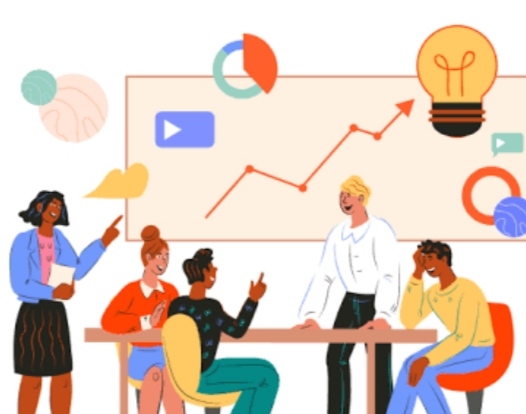We discuss 6 of the most effective teaching methods so that you can discover which teaching style suits you and your subject area best.
As we explored in our recent World Teachers Day blog post, teachers are a completely essential part of our society, but teaching can be a difficult and stressful job at times.
Particularly when working with children and teenagers, it can be hard to retain focus, manage behaviour, and encourage active participation. In addition, teaching adults can have its own challenges – it can be difficult for adult learners to absorb new things and change old thinking patterns.
One thing that may help you deal with some of these challenges is learning about the different teaching methods available. You don’t need to pick one method and stick to it, but you may find that certain methods and styles are perfect for different learning environments.
For example, you might find that student-centred learning is perfect for KS2 children, and game-based learning works wonders for KS3. You may discover that using technology such as VR can elevate history and geography lessons, while experiential learning methods can be effective during science experiments and group projects. To find out more, read about our top 6 most effective learning methods below.
1. Online learning
Teaching online may not have been the norm for most teachers before the COVID-19 pandemic, but there have always been some teachers who prefer to work online. Online tutors often enjoy the freedom of working from home, choosing their working hours, and being their own boss.
But what exactly does teaching online consist of? Essentially, it’s the process of educating others using the internet, whether that’s through individual or group video calls, webinars, or messaging platforms. Normally it’ll be a combination of things to keep students engaged.
If you’re thinking about teaching online, or your current job requires you to teach online, you’ll need to be comfortable with technology and the internet. This is because all of your communication will be online, and you’ll need to create digital resources for your students. These resources might be presentations, lesson plans, worksheets, videos or audio lectures.
The great thing about online learning is that it’s accessible to many people. Not everyone is able to go to school, but more people have access to the internet. Of course, technology can be a barrier to education too, but as the years go by, this barrier is, fortunately, breaking down.
The best place to start if you want to learn how to be an excellent online teacher is our highly rated How To Teach Online: Providing Continuity for Students course. You’ll learn how to successfully move from face-to-face teaching to online teaching so that you and your students get the most out of learning




